
Tight calf muscles are frequently brought on by overtraining, an abrupt increase in running distance, or a change in running style or technique or footwear. Aching muscles, hardness of the calves, cramping, and strained muscles are potential outcomes of these causes.
An inch of preventive may save miles of abuse, it has been known for more than 30 years. When you have that "niggly" ache that appears every time you put your trainers on, it can be difficult to combine injury prevention with performance enhancement. In this article, we'll discuss some of the most common causes of tight calf muscles when running so you can make the changes to prevent them from happening again.
The 5 areas that we will look into are;
- Dehydration,
- Vitamin deficiency,
- Footwear & mechanics,
- Strength and training,
- Care and recovery.
You can read more on how to prevent tight calf muscles when running in our in-depth post. Just click the button below to read about the top tips to avoid tight calves.
You will sweat more if you are running a long distance or on a hot day, therefore it is crucial to stay hydrated before, during, and after your run to maintain a healthy electrolyte balance. Low- or no-sugar electrolyte drinks can also help to maintain this balance, prevents cramping and reduce the likelihood of tight calf muscles when running.
Water helps to maintain a healthy pH balance and regulates body temperature while also removing toxins from the body and supplying nutrients to the cells. Very helpful for releasing tension and sore muscles is water.
Read more on how much you should be drinking as well as some top tips to reduce tight calf muscles when running.
Tight calf muscles may result from vitamin deficits such as;
B1 vitamin. Thiamin (vitamin B1) is used by the body's cells to transform carbohydrates into energy. The body uses carbohydrates primarily as fuel, especially the brain and nervous system.
Vitamin C. As an antioxidant, vitamin C might be able to ease sore muscles. Antioxidants facilitate also cellular healing.
To better understand the types of food you want to be eating before and after running follow the link below.
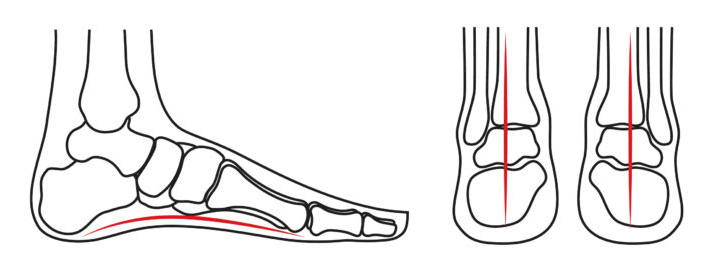
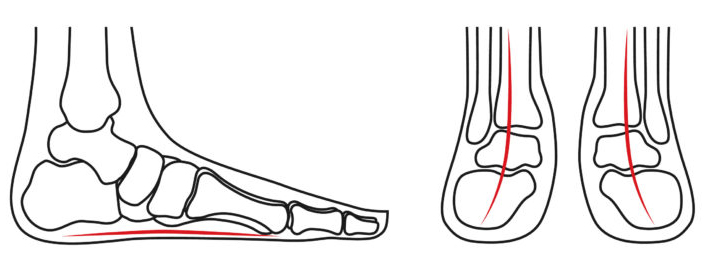
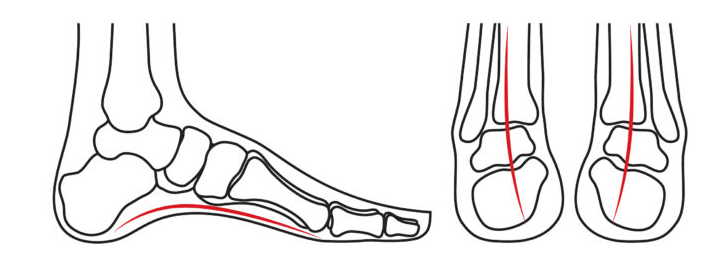
One of the main contributing factors to tight calf muscles during running is likely improper or outdated footwear. When the foot is properly positioned, it can absorb the force of each step and use that energy to move you ahead as you move through your gait. The weight is distributed unevenly if you have unsupported high arches or if your flat feet cause your foot to overpronate due to poor stability in the shoes you chose.
Over-Pronation. Overpronation, a common running injury, occurs when a runner's foot roll inward too much when they are jogging. It can be painful, taxing, and unsteady to run with tight calf muscles. The cause of this is the calf muscles' inability to tolerate the force of the foot striking the ground. Overpronation can create tight calf muscles during jogging because it puts too much tension on the Achilles tendon.
Unsupported arches. Calf muscles may get stiff when running with unsupported high arches because there is insufficient stress absorption. The foot's arch is crucial to the body's shock-absorption system, so when the arch is weak, the muscles and tendons in the calves must work harder to maintain stability and absorb shock. As a result, muscles could get stiff, sore, and strained. Due to the lack of arch support, the calf muscle may become tighter as a result of having to work harder to stabilise the foot. This can also lead the foot to roll outward and produce an unnatural stride. Last but not least, having high arches may cause the foot to "slap" the ground.
Another of the main contributing factors to tight calf muscles when running is a sudden increase in training intensity, duration, or gradient without proper build-up. A sudden change in training such as the introduction of hills or if you are returning from injury can put a lot of stress on the calf muscles and the Achilles tendon. This is not to say that an increase in training load is bad, just that it needs to be done gradually as well as combining it with the correct recovery protocols to enable the body to repair the muscle tissue.
Our calf muscles act as both shock absorption and propulsion during the running gait cycle. When you increase the duration or intensity it increases the stress put through the lower limb, specifically the calf muscles. Tight calf muscles occur when the muscles themselves become fatigued and cannot process the waste products in the tissue, or if the load is too great through the Achilles and it starts to thicken and become more rigid. This will then pull on the calf muscles making them lose their elasticity and become tight.
To understand more and what exercises you can implement into your training program then just click on the link below.
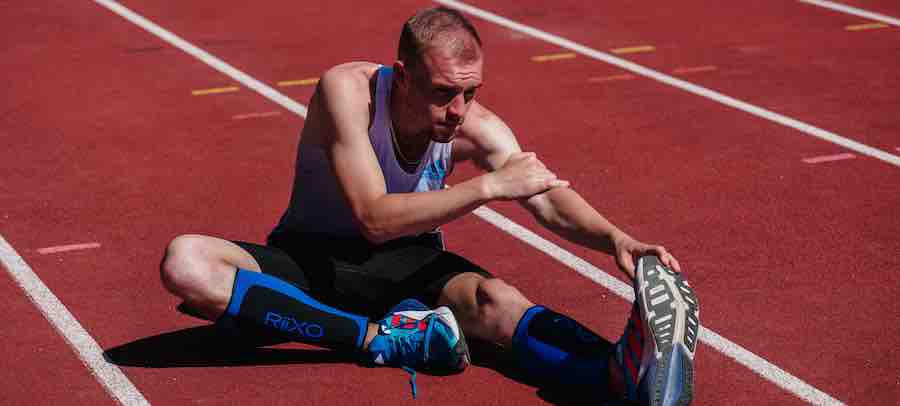
Any running routine must include recovery time especially if you are suffering from tight calf muscles. It aids in lowering the possibility of injury, encouraging muscular growth, and enhancing performance. Overtraining can result in diminished performance, tiredness, and mental exhaustion; recovery helps to avoid this. After a workout, muscles need time to recover and grow. Muscles can work more effectively and powerfully when they have had a full recovery. Recovery also aids in reducing muscular pain and inflammation, which can both be uncomfortable and impair performance.
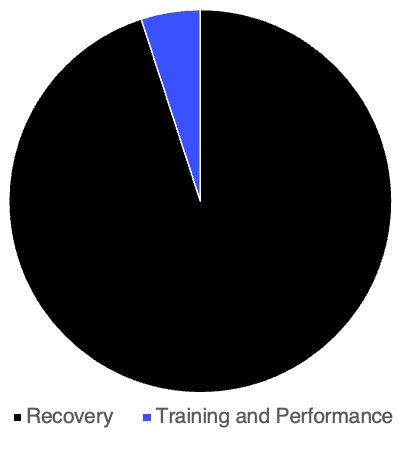
Recovery is arguably as important, if not more so than the time spent performing but it is often the area most neglected.
When it comes to running most athletes focus heavily on the training and competing aspects of running with training and equipment. But in most cases, people will only train and compete for an average of an hour a day, which means that for the additional 23 hrs, our body is trying to repair itself.
To understand what you can do to improve your recovery and prevent tight calf muscles when running you need to read this next article. It goes into detail on the simple steps you can take to improve your running as well as reduce tight, sore calves.
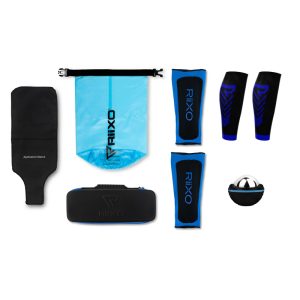
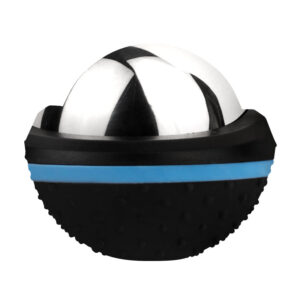
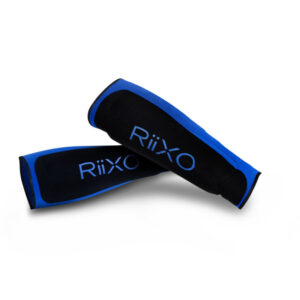
 British Triathlon: Recovery Questions Answered
British Triathlon: Recovery Questions Answered
 The Injury Risk Equation
The Injury Risk Equation
 LJMU Study Findings
LJMU Study Findings
 What are shin splints?
What are shin splints?
 How to treat shin splints [2021]
How to treat shin splints [2021]
No Thanks – I’ll pay full price
Close Window
Close Window